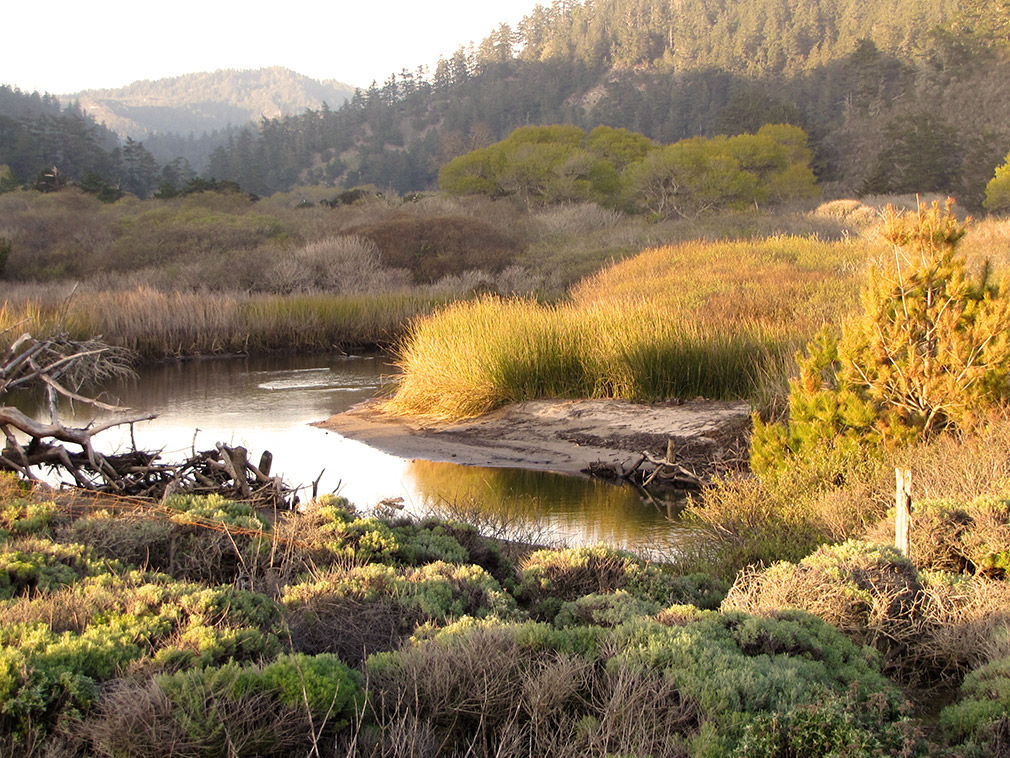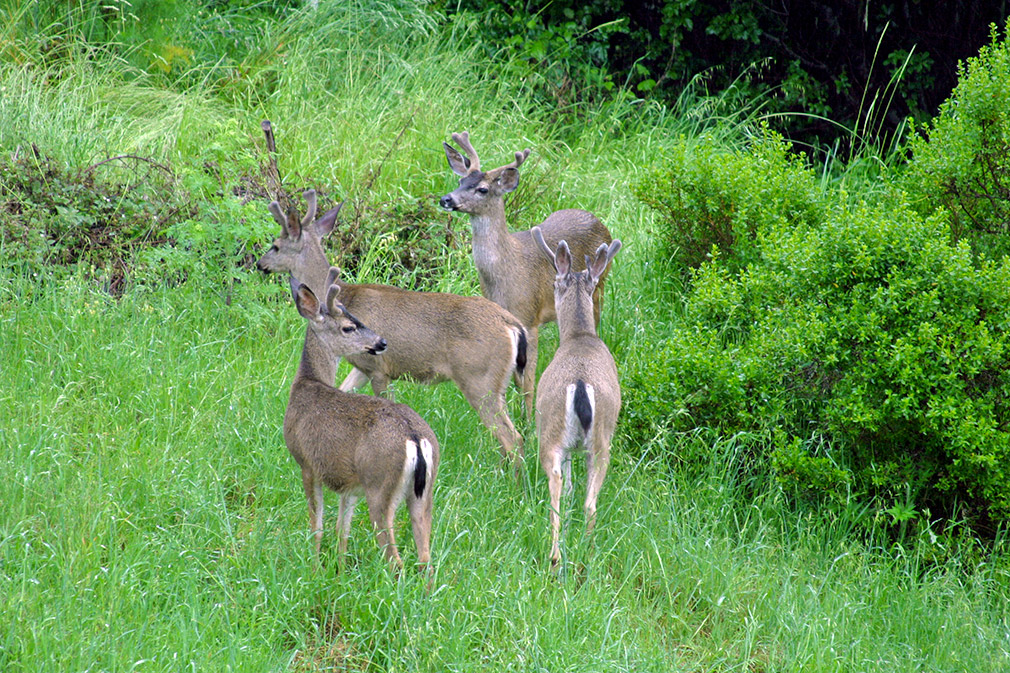Big Creek Lumber is considered a pioneer in sustainability. This legacy includes well-managed forests, environmental consciousness, and producing zero waste in our sawmill. Our company was founded in 1946, immediately after WWII. From these humble beginnings a culture of resourcefulness has been created and instilled in our staff. Our mission statement asserts the principle that we are willing to forego short-term financial gains in order to do the right thing for our employees, community and the environment.
We are willing to forego short-term financial gains in order to do the right thing for our employees, community and the environment.

Our heritage is based on three inter-related components: our family, our land and our business. In advocating family stability, we strive to balance unity of purpose with individual interests. In managing our lands, we strive to integrate aesthetic value with productivity and health. In our business dealings, we strive to achieve long-term sustainability and profitability while conducting ourselves with integrity and creating value for ourselves, our employees, our customers and our community.”
Big Creek Lumber is a pioneer of selective harvesting on the Central Coast. Selective harvesting is the thinning of individual trees throughout a forest to allow for increased growth and vitality of the remaining trees. The trees that are not harvested are referred to as the “leave stand.” Coastal redwoods exhibit significant, and at times phenomenal, growth when competing trees are thinned and the remaining trees gain access to increased sunlight. Generally, defective trees with little growth potential are harvested, allowing better formed trees to experience increased growth. Larger trees with recognizably pronounced cavities or other potential wildlife habitat are retained. The remaining redwoods are thinned with the principal objective of increasing spacing between dominant and co-dominant trees. Through careful selective harvesting, Big Creek Lumber is able to cultivate a healthy, continually growing forest with trees of various ages that will grow to harvestable size at staggered intervals into the future.
We manage and harvest our forestlands in accordance with the California Forest Practice Rules, which are particularly stringent and protective on the Central Coast. Consistent with our commitment to responsible forestry and preserving healthy forest ecosystems, it has been our long-term philosophy and practice to harvest at a level less intense than the maximum allowed by law. Over the decades, our forestry department has been responsible for pioneering and implementing many progressive and protective forest management practices that were eventually adopted into the California Forest Practice Rules specific to timber harvest operations in Santa Cruz, San Mateo and Santa Clara counties.
We manage and harvest our forestlands in accordance with the California Forest Practice Rules, which are particularly stringent and protective on the Central Coast.
In addition to selective harvesting, starting in the early 1950’s Big Creek Lumber was at the forefront of developing and implementing many other forest harvest practices, including riparian setbacks, improved road surfacing to minimize erosion and run-off, and various treatment methods for logging slash.
The primary objective of the forestry department at Big Creek Lumber is to manage our forestlands and the forests of our landowner clients in a manner that ensures both environmental and economic sustainability, with healthy, growing trees that can be harvested in the future.
At our sawmill we strive to create zero waste. All of the material byproducts of producing lumber are recycled and turned into other products. Our redwood byproducts, (sawdust, chips and bark) are sold to companies who produce high quality soil amendments. Our branches have scrap bins of leftover pieces of wood, which are given to customers or donated to local non-profits.
We have a policy of fixing equipment rather than buying new whenever possible. We believe that recycling and fixing what we have is better for the environment and falls in line with our resourcefulness.
We are proud to produce sustainable, renewable products for local markets and we look forward to being sustainable for many years to come.
